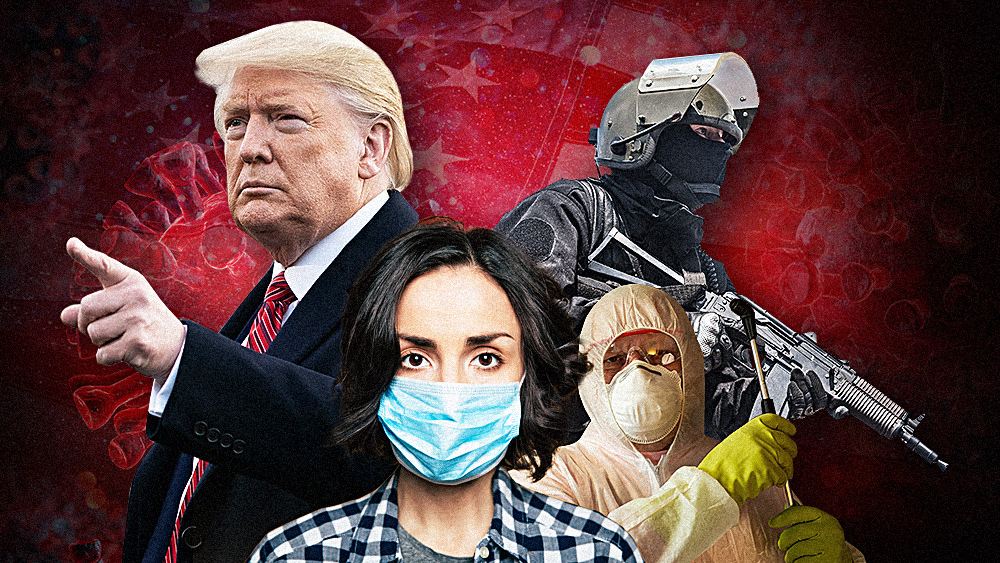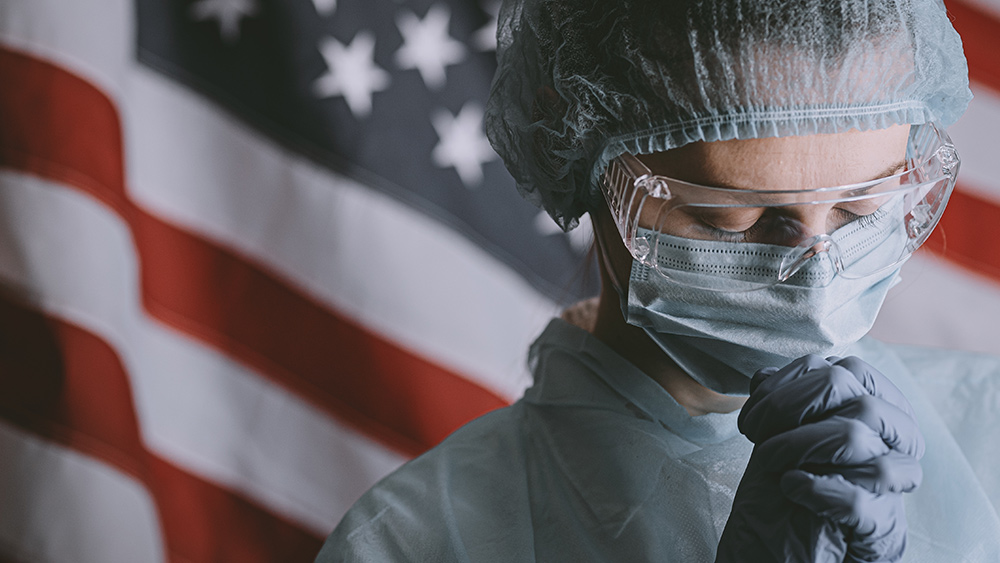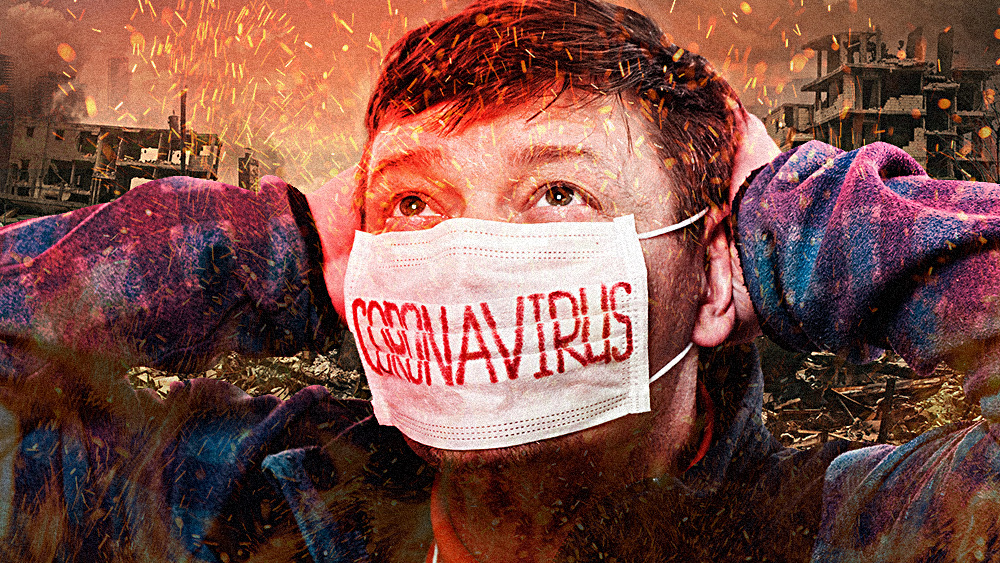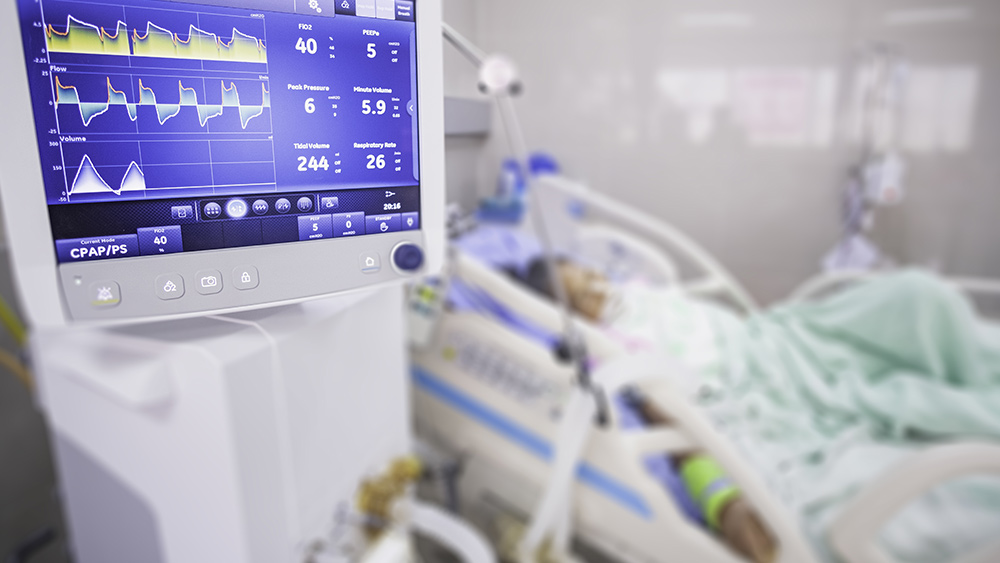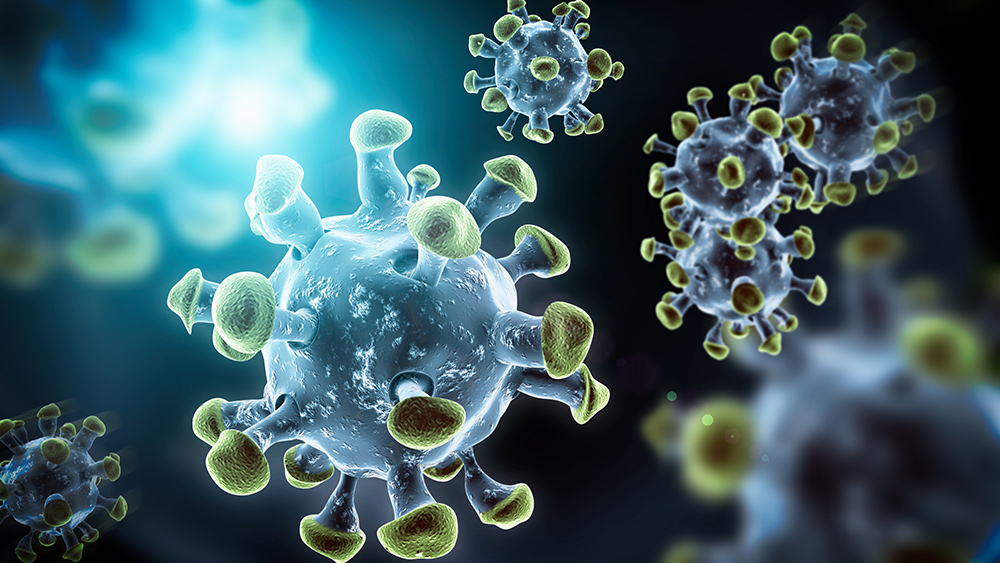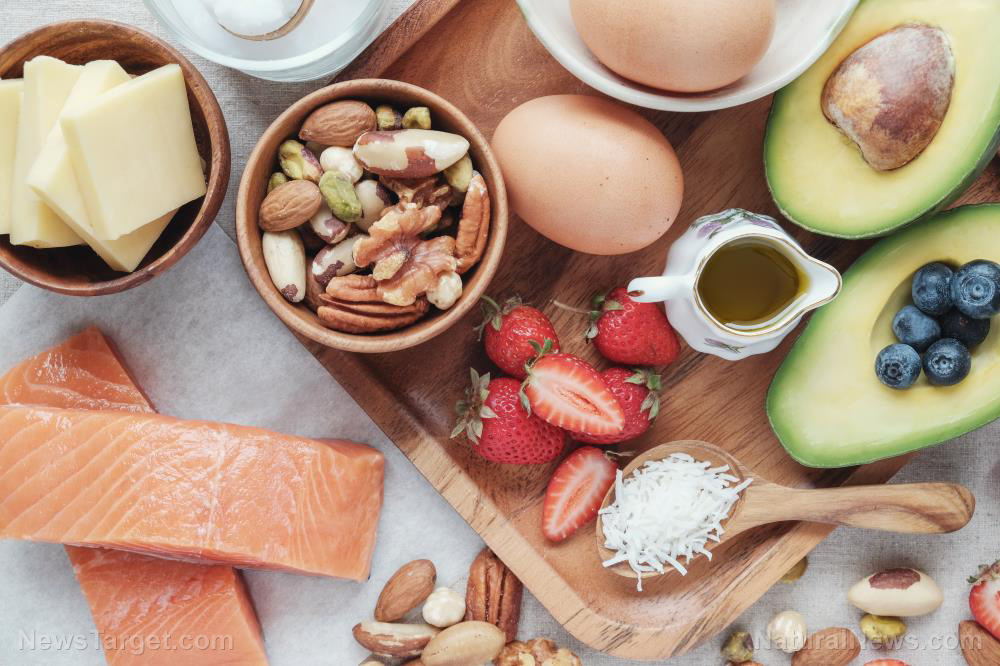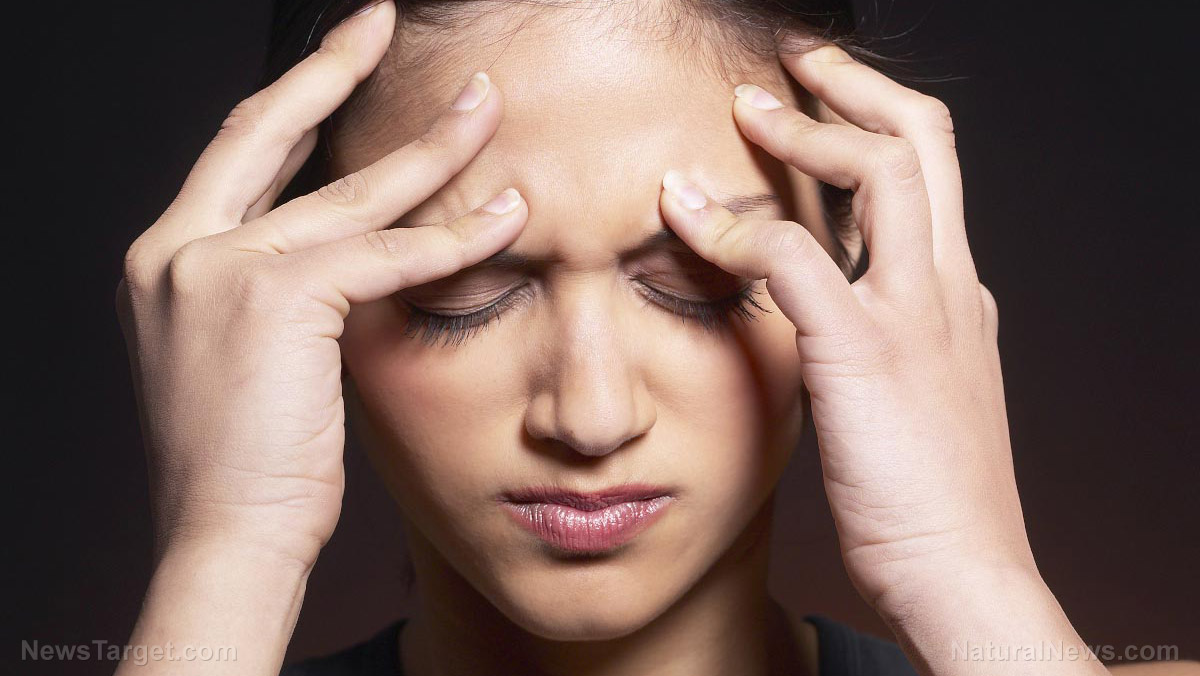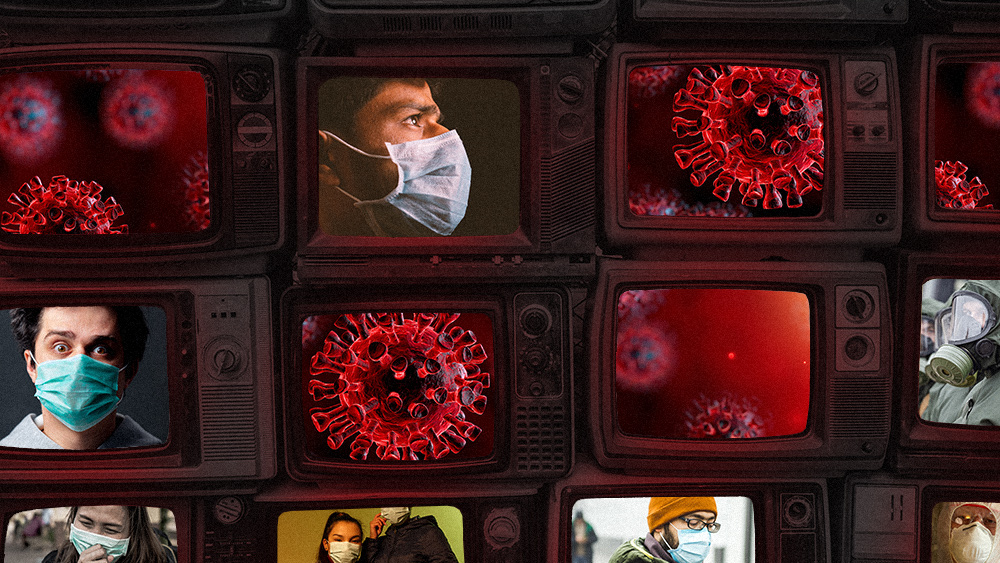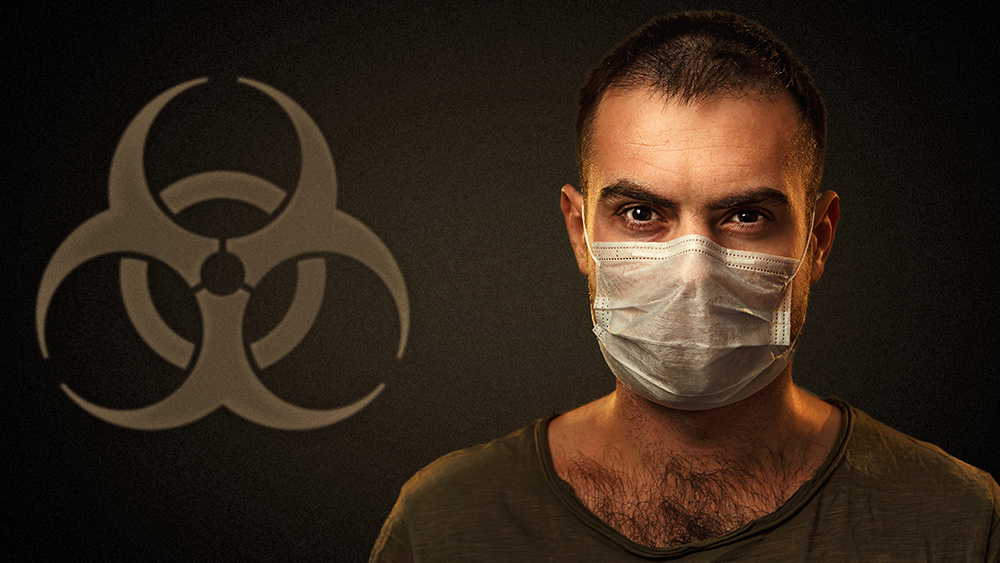New York able to begin lifting coronavirus restrictions in June, model shows
04/22/2020 / By Franz Walker
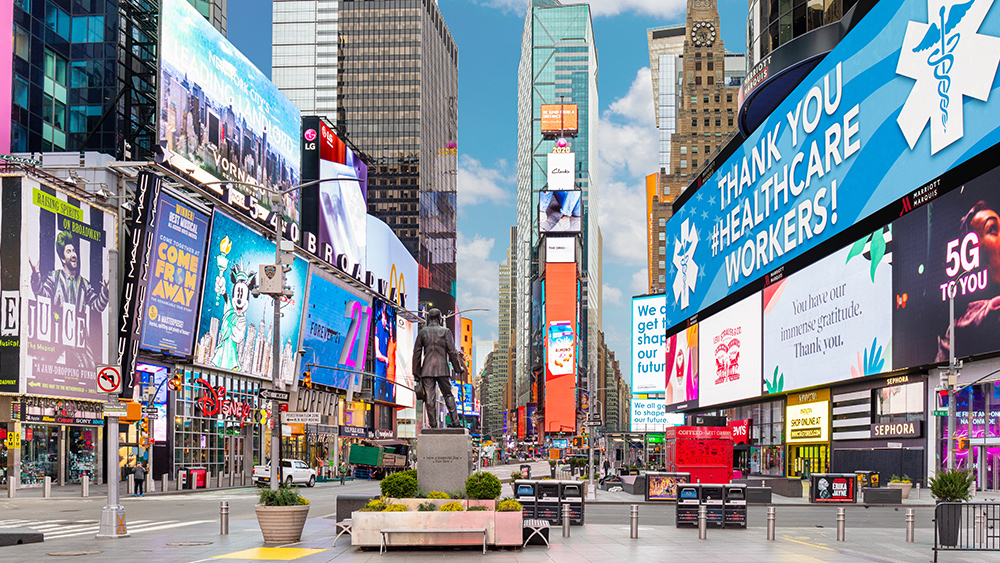
According to new projections, New York — as well as the neighboring states of New Jersey and Connecticut — may be able to begin safely lifting coronavirus (COVID-19) restrictions as early as June. This prediction is based on a model by Washington University‘s Institute for Health Metrics and Evaluation (IHME) that shows the beginnings of a downward trend in COVID-19 fatalities in the tri-state area.
Ending the lockdowns safely is possible
Based on the model from the IHME, easing the restrictions could be possible with the implementation of containment strategies that include testing, isolation, contact tracing and limiting gathering size.
“Such necessary containment efforts include extensive testing, robust contact tracing and isolation of new cases, and maintaining restrictions on mass gatherings of people,” stated experts at the IHME.
The prospect of relaxing stay-at-home orders ahead of the summer months continues as New York’s daily death toll continues to slide. On Sunday, 478 people died from the virus, the lowest that the figure has been in nearly three weeks.
New York Gov. Andrew Cuomo stated that people can view the projections as good news. However, he clarified that nobody knows how long and how quickly it’ll take for infection rates to decline.
“The projections are nice, but I wouldn’t bet the farm on them,” said Cuomo. “If you’re looking for the optimists’ view: It’s better than it was.”
About a quarter of a million people had tested positive for the coronavirus in New York as of Monday. Of these, about 14,300 have died since the outbreak started.
Daily rate of infection as a key metric
One of the key metrics for loosening stay-at-home orders is the daily rate of infection. According to the IHME, this needs to fall below one new case per 1 million people each day before restrictions can relax. Additionally, the IHME feels that one infection per 1 million is still a conservative estimate of how many cases a state can reasonably trace and contain to prevent an outbreak from resurging.
New York, the epicenter of the pandemic in America, is expected to hit that infection rate milestone later than many other states. According to state health department data, there were more than 240 new reported cases per 1 million New Yorkers as of Sunday.
According to IHME projections, Alaska, Hawaii and even nearby states such as New Hampshire and Vermont may be able to loosen their social distancing in a few weeks as long as the proper testing and other containment measures remain in place.
“Based on our initial estimates, the earliest that some states may be able to ease presently implemented distancing policies—conditional on strong containment measures—appears to be in early to mid-May,” the institute said in its latest report.
Large-scale gatherings still present a risk
Even should the rate of new infections plummet close to zero by June, large-scale gatherings will still present a major risk. Already, New York City Mayor Bill de Blasio announced Monday that all public events through the month of June were canceled.
Included in this announcement were all concerts and festivals, as well as public events including the 50th anniversary Pride Parade, the Puerto Rican Day Parade as well as the annual Salute to Israel parade. De Blasio said that he was working with organizers to reschedule some of these events when “it’s the right time.”
Other models are less optimistic
The model from the IHME is just one of the five models that the Centers for Disease Control and Prevention relies on for its own forecasts. Of the five, this one predicts the least severe outcome for the state.
Another model, this time by the Los Alamos National Laboratory in New Mexico, predicted that New York would still have about 10 new cases of coronavirus per day by the end of May. Meanwhile, the best-case scenario charted by the Northeastern University in Boston showed that it could take even longer for New York to hit a one in 1 million infection rate, though their online model only goes through the end of the month.
Columbia University‘s model, on the other hand, shows that the state may come close to reaching no new infections by the end of May, similar to that of the IMHE. However, Dr. Andrew Runbdle, professor of epidemiology at Columbia, states that this is potentially not enough to relax social distancing.
“As a nation, we really didn’t have a plan as the pandemic hit the U.S. and my fear is that if the transition from an emergency mitigation phase to an ongoing containment phase occurs with similar poor planning, we will see another massive surge in cases,” said Rundle.
Meanwhile, Dr. Jeffrey Shaman, also from Columbia, has stated that it’s too soon to tell whether transmission, testing and tracing will get to the levels needed to allow any easing of social distancing in June.
“Nobody has that crystal ball because the situation is so fluid,” stated Shaman. “We don’t know what people are going to do.”
Sources include:
Tagged Under: Andrew Cuomo, Bill de Blasio, Boston University, Columbia University, coronavirus, covid-19, Flu, government, infections, Institute for Health Metrics and Evaluation, lockdowns, New York, Northeastern University, outbreak, pandemic, quarantine, Restrictions, superbugs, virus, Washington University

